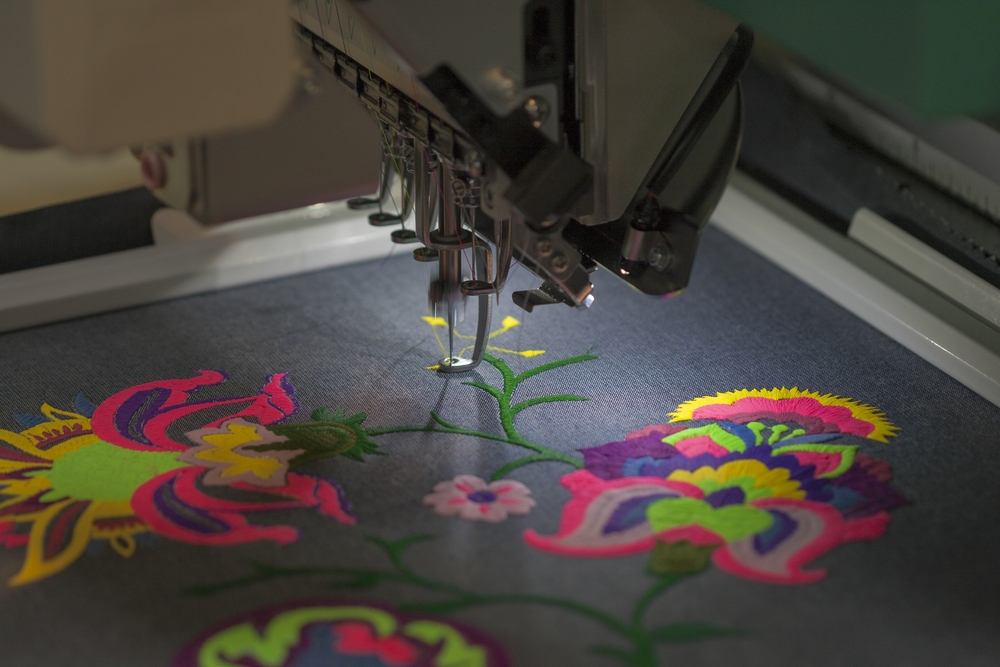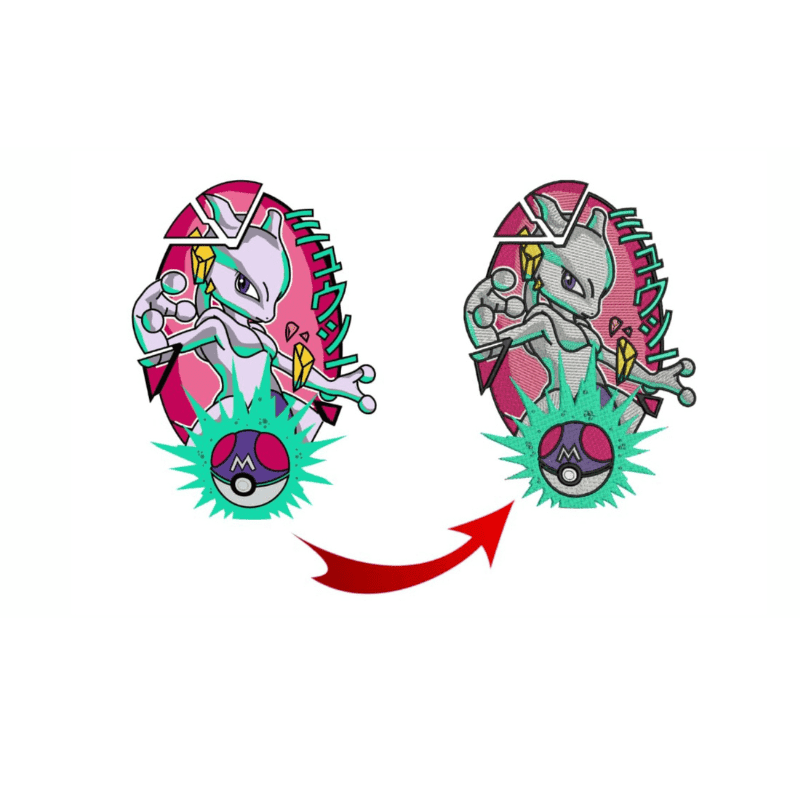Top-Rated Digitizing for Embroidery: Perfect Stitch Whenever
Top-Rated Digitizing for Embroidery: Perfect Stitch Whenever
Blog Article
Understanding the Embroidery Digitizing Process: Your Ultimate Overview
Needlework digitizing is a precise craft that calls for precision and competence to convert elaborate styles right into digital styles for equipment needlework. As artisans start this trip to understand the embroidery digitizing process, a detailed understanding of the essentials sets the foundation for excellence. Past the primary knowledge lies a realm of sophisticated software application, specialized devices, and nuanced strategies waiting to be discovered. By diving right into the subtleties of digitizing, one can open a world of creative possibilities and raise their needlework jobs to brand-new elevations.

Comprehending Needlework Digitizing Essentials
Needlework digitizing fundamentals develop the structure whereupon complex layouts are converted right into machine-readable layouts for precise sewing. This first action in the needlework digitizing procedure is vital for making certain that the last stitched product is a devoted representation of the original layout. Recognizing needlework digitizing fundamentals involves realizing vital principles such as stitch kinds, stitch direction, thickness, padding, and draw payment.
Stitch kinds play an essential function in identifying the visual and textural end result of the stitched style. By selecting the appropriate stitch kind, whether it be satin, fill, or running stitch, digitizers can accomplish the desired effect and boost the general quality of the needlework. Furthermore, stitch instructions affects the flow and measurement of the style, while density establishes the spacing and protection of the stitches.
Additionally, padding sewing provides security to the style by securing the textile and avoiding distortion throughout the embroidery procedure. Draw compensation is an additional vital consideration to combat the natural propensity of fabric to agreement when stitched. Understanding these embroidery digitizing essentials is essential for creating professional-quality embroidered items.
Picking the Right Digitizing Software
Selecting the proper digitizing software program is a vital choice that considerably affects the performance and quality of the needlework digitizing procedure. Digitizing for Embroidery. When choosing the ideal digitizing software program, it is vital to take into consideration factors such as the complexity of styles you prepare to develop, the user-friendliness of the software, the level of client assistance supplied, and the compatibility with your needlework machine
There are different digitizing software program alternatives available on the market, ranging from fundamental programs for newbies to innovative software for expert digitizers. Some prominent options consist of Wilcom EmbroideryStudio, Hatch Needlework Software, and PulseID. These software use a vast array of tools and features to help you create elaborate styles easily.
Prior to choosing, it is suggested to discover the various software application choices with complimentary tests or demonstrations to figure out which one ideal matches your requirements. Furthermore, checking out evaluations and seeking referrals from knowledgeable digitizers can offer important insights right into the staminas and weaknesses of each software program plan (Digitizing for Embroidery). By very carefully assessing your requirements and contrasting the features of various digitizing software program, you can make an educated choice that boosts your embroidery digitizing operations
Digitizing Tools and Techniques

Optimizing Design Settings for Embroidery
Mastering the ins and outs of layout setups is basic in achieving optimal results in the embroidery digitizing process, building upon the foundation laid by understanding digitizing tools and techniques. When optimizing design setups for needlework, it is important to consider factors such as stitch type, thickness, padding, draw payment, and registration. Stitch type selection influences the total look of the design, with options like satin, fill, and from this source running stitches offering different textures and results. Thickness describes the spacing and thickness of stitches, impacting the design's insurance coverage and longevity. Correct padding stitching gives security and stops material distortion, especially for complex designs or on stretchy materials. Draw payment changes for fabric stretch during sewing, making certain precise style duplication. Enrollment setups line up different aspects of the design properly, keeping total layout stability. By fine-tuning these style settings, embroiderers can boost the high quality and precision of their embroidered creations.

Troubleshooting Common Digitizing Issues
When encountering typical digitizing issues during the needlework process, it is important to comprehend the origin and apply reliable options immediately. One typical problem is stitch thickness problems, where stitches might be too thick, causing the fabric to tighten, or also sporadic, leading to voids in site the style. Changing the stitch density setups in the digitizing software application can help solve this issue.
One more constant challenge is string breaks during the embroidery procedure. This can take place because of various factors such as incorrect tension setups, dull needles, or making use of low-quality string. Ensuring correct upkeep of the needlework device, consisting of normal needle changes and tension changes, can reduce the event of string breaks.
Additionally, layout registration mistakes can cause misaligned elements within the needlework layout. Inspecting the layout positioning in the digitizing software program and making required changes prior to stitching can aid in avoiding this issue. By attending to these usual digitizing concerns immediately and effectively, you can make sure a smoother embroidery procedure and top quality completed items.
Conclusion
To conclude, mastering the embroidery digitizing procedure requires a strong understanding of the basics, the right option of software, and understanding of devices and methods. Enhancing style settings and troubleshooting usual digitizing problems are important action in ensuring high-quality needlework results. By following these actions vigilantly, one can achieve accuracy index and effectiveness in the digitizing process.
Report this page